Stories Category: Intensive Care
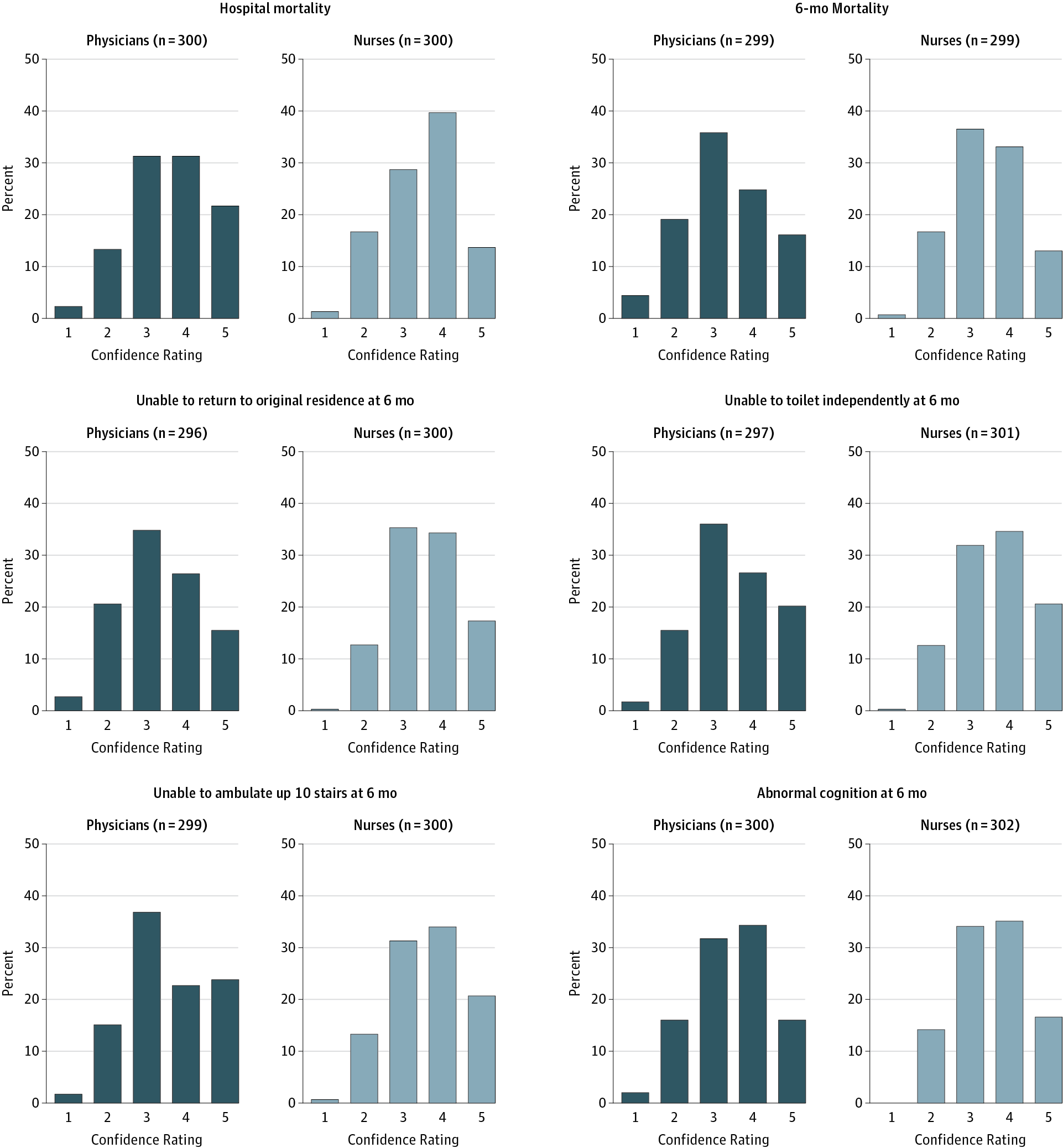
Prediction of Survival and Functional Outcomes After ICU Admission
This study assesses the 6-month discriminative accuracy of patient mortality and functional outcome predictions made by intensive care unit (ICU) physicians and nurses at the time of ICU admission. Intensive care unit physicians'... read more
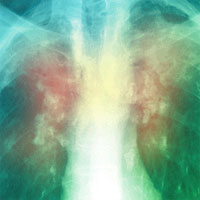
Effect of Home NIV on Outcomes After Acute COPD Exacerbation
This randomized clinical trial compares the effects of home oxygen therapy with vs without home noninvasive ventilation (NIV) on time to readmission or death in patients with persistent hypercapnia after an acute chronic... read more

Exosomes in Critical Illness
Exosomes are small, cell-released vesicles (40–100 nm in size) with the potential to transfer proteins, lipids, small RNAs, messenger RNAs, or DNA between cells via interstitial fluids. Due to their role in tissue homeostasis,... read more

Nurses are burnt out. Here's how hospitals can help
Studies have found that overworked nurses lead to more errors and lower patient satisfaction. Nurses across the country are stressed, burnt out and thinking of leaving the profession. Surveys, polls and studies of all kinds... read more
Persistent Gaps in Use of Advance Directives Among Nursing Home Residents Receiving Maintenance Dialysis
Patients with end-stage renal disease receiving dialysis have a symptom burden and prognosis comparable to patients with incurable cancer. They frequently and increasingly receive intensive procedures near the end of life.... read more
Reflections on the ICU Liberation ABCDEF Bundle Improvement Collaborative
Ludwig Lin, MD, speaks with Brenda Pun, DNP, RN, ACNP, about the ICU Liberation ABCDEF Bundle Improvement Collaborative. Dr. Pun reflects upon Collaborative work, including origins and logistics of the project, team training... read more

How to Ensure Your Medical Wishes Are Followed if You’re Critically Ill and Incapacitated
It happens every day in the intensive care units of hospitals throughout the country: Physicians ask the loved ones of someone kept alive by a ventilator and other medical devices whether the patient would want to live hooked... read more
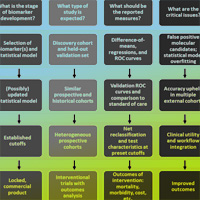
Generalizable Biomarkers in Critical Care
The sequencing of the human genome and the subsequent availability of inexpensive, robust methods for "omics" profiling (e.g., genome-wide association studies, gene expression microarrays, and metabolomics) have... read more
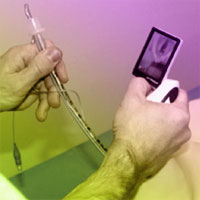
Video vs direct laryngoscopy in the ICU: are we asking the right question?
Endotracheal intubation in the operating room (OR) and the ICU are different procedures, but this is not always recognized. The ICU patient should be evaluated as a physiologically difficult airway, in contrast to the traditional... read more
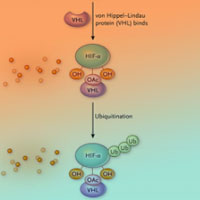
Physiological Effects of Chronic Hypoxia
This review examines an array of physiological responses to low cellular oxygen tensions and discusses the effect of increasing oxygen tensions, through oxygen conditioning, on such responses.... read more

How informatics can help your hospital prevent infections
Hospitalists have a powerful tool to help them fight outbreaks of Clostridium difficile and other infectious agents: electronic health record data. Sara Murray, MD, an assistant professor of medicine at the University of... read more

Ramped Position versus Sniffing Position during Endotracheal Intubation
A Multicenter, Randomized Trial of Ramped Position versus Sniffing Position during Endotracheal Intubation of Critically Ill Adults. Hypoxemia is the most common complication during endotracheal intubation of critically ill... read more

Early EEG for outcome prediction of postanoxic coma
We recently showed that electroencephalography (EEG) patterns within the first 24 hours robustly contribute to multimodal prediction of poor or good neurological outcome of comatose patients after cardiac arrest. Here, we... read more

Using Clinically Accessible Tools to Measure Sound Levels and Sleep Disruption in the ICU
Ambient sound was measured for 1 minute using an application downloaded to a personal mobile device. Bedside nurses also recorded the total time and number of awakening for each patient overnight. Across a large number of... read more
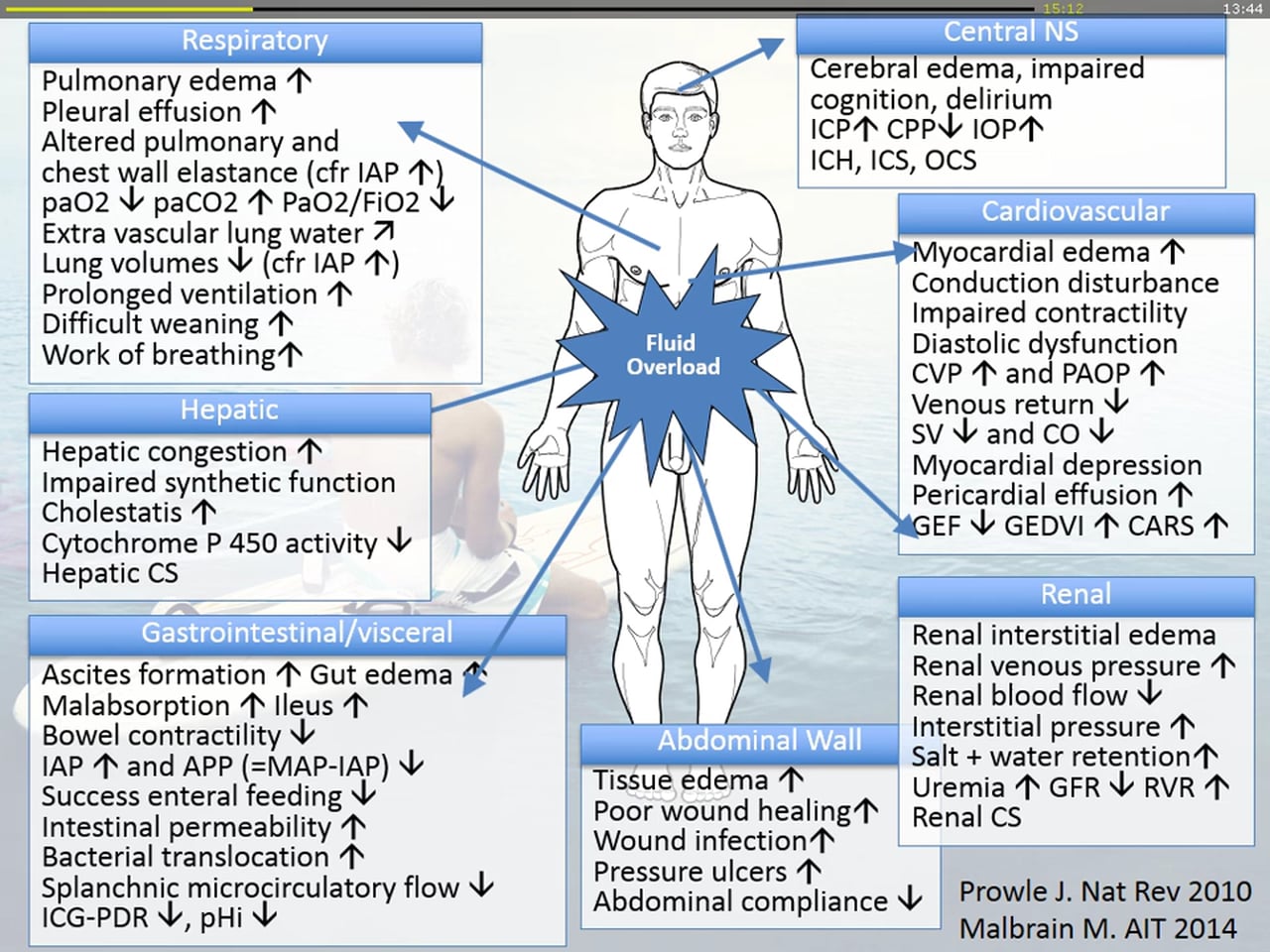
Malbrain Fluid Overload
Fluid overload is associated with increased morbidity and mortality. In this presentations an overview is given of the different definitions followed by a step-by-step description of the deleterious effects of fluid overload... read more
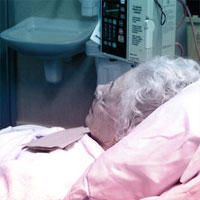
Neuro ICU Early Mobilization Protocol
Researchers in the U.S. have developed a multidisciplinary Neuro Early Mobilization Protocol for complex patients in the neuroscience intensive care unit (NSICU). Developing an evidence-based protocol with inter-professional... read more

BTS Guideline for oxygen use in healthcare and emergency settings
The updated guidance is based on new evidence about how effective prescribing and delivery of emergency oxygen for patients can both improve health and save lives. The 2015 emergency oxygen audit report provides information... read more








